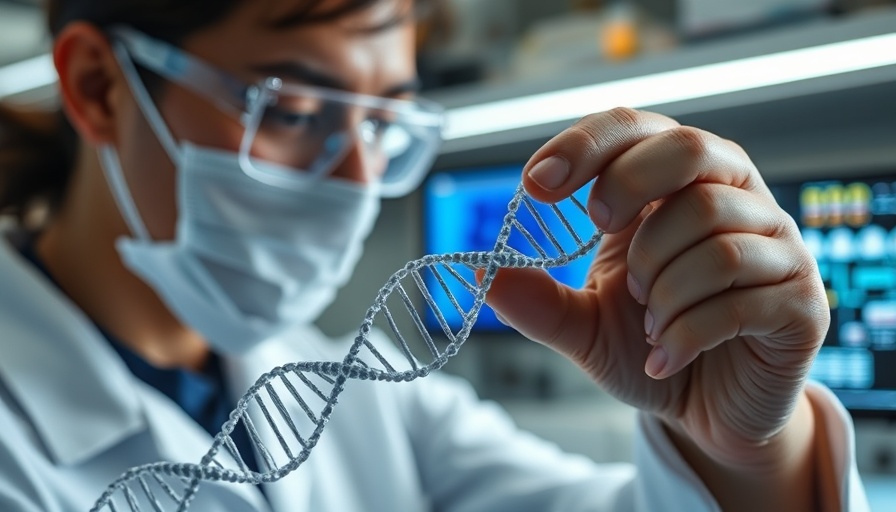
Understanding the Intricacies of Mineral Content in Ligament Mechanics
Recent research sheds new light on how variations in mineral content can influence the mechanical properties of collagenous tissues, particularly ligaments. This study, breaking ground by using a mesoscopic model, differs from traditional methods which have often assumed uniform mineral distributions. Instead, it emphasizes the complexity of mineral gradients, integrating both intrafibrillar and extrafibrillar mineralization to paint a more accurate picture of ligament behavior. It’s a significant step in understanding how these natural structures maintain their integrity and respond to the strains of daily life.
The Role of Collagen in Connective Tissues
Collagen, a protein that comprises roughly 30% of human tissue, is pivotal for the strength and resilience of various connective tissues including tendons and ligaments. This research specifically highlights types I and II collagen, the most prevalent forms found in the body. Understanding how these proteins interact with progressively mineralized structures is key to deciphering the loss of mechanical properties associated with aging and other stressors.
Insights from Molecular Dynamics Simulations
The revolutionary approach in this study involves the construction of a collagen fibril model through Molecular Dynamics (MD) simulations. By analyzing the impact of mineralization across various locations along the ligament insertion, this research provides insights into how collagen fibrils behave under progressive mineralization. Results indicate that while certain mechanical parameters remain stable, factors like ultimate tensile strength and yield strength significantly fluctuate according to mineral content, due to the interatomic bonds within collagen fibrils that restrict molecular movement.
Clinical Relevance: Aging and Pathological Conditions
The findings of this study are not just academically intriguing; they hold substantial clinical relevance. They enhance our understanding of how aging processes impact ligament function and contribute to mechanical failures in connective tissues. The progressive alterations in mineral density that occur with age—or diseases such as calcific tendinopathy—can lead to increased susceptibility to injuries. This highlights the importance of maintaining a healthy mineral gradient to promote the longevity and durability of these crucial bodily structures.
The Connection to Telomere Biology and Aging
This research ties neatly into the broader conversations surrounding aging, telomeres, and cellular health. As scientific inquiry progresses into how telomeres shorten and the impact they have on cellular function, it becomes clear that maintaining cellular integrity is paramount. Telomeres, the protective caps on chromosomes, play a vital role in preserving genetic information during cell division. Their dysfunction is linked with aging and several degenerative conditions—parallels can be drawn with the ways connective tissue degrades. As research like this illuminates the mechanical aspects of tissue health, it underscores the necessity for holistic approaches to longevity that encompass not only diet and supplements focused on telomeres but vigorous scientific inquiry into the structures that support cellular health.
Taking Action: How to Support Your Connective Tissue Health
For health-conscious individuals, there are actionable steps to promote strong connective tissues and cellular rejuvenation. Incorporating a longevity-focused diet rich in nutrients that support collagen production—such as vitamin C and amino acids—can foster healthier connective tissue. Additionally, exploring telomere supplements designed to activate telomerase may further bolster the body’s natural defense against aging. Regular assessment of one’s lifestyle choices regarding fitness and nutrition remains critical for promoting longevity and vitality.
 Add Row
Add Row  Add
Add 




Write A Comment